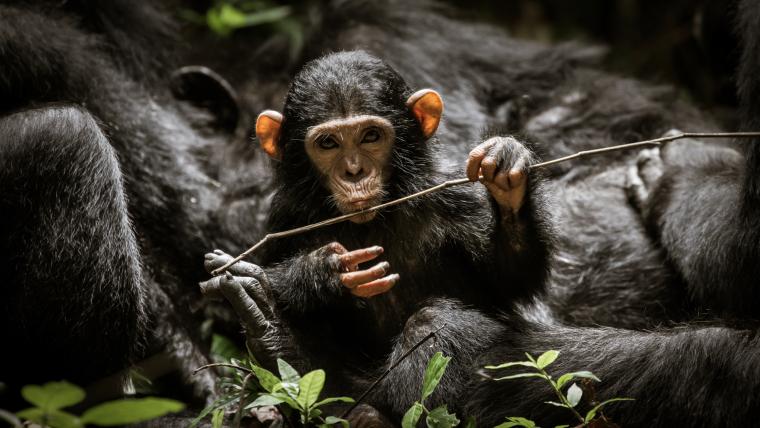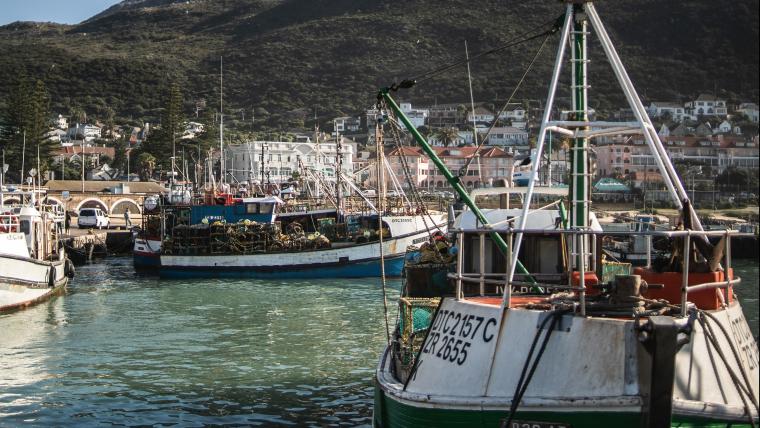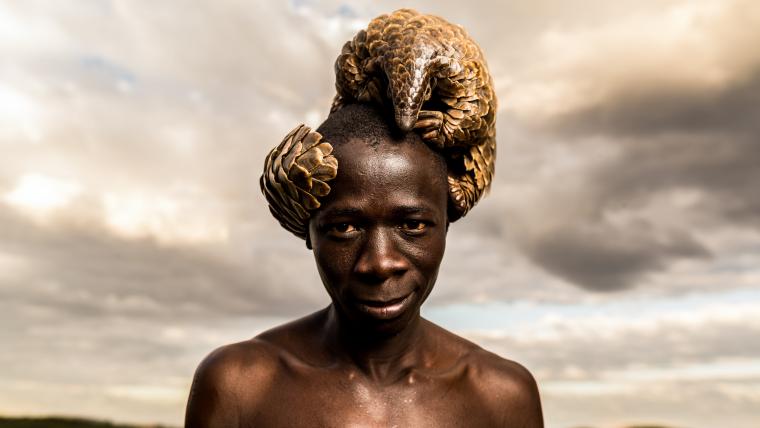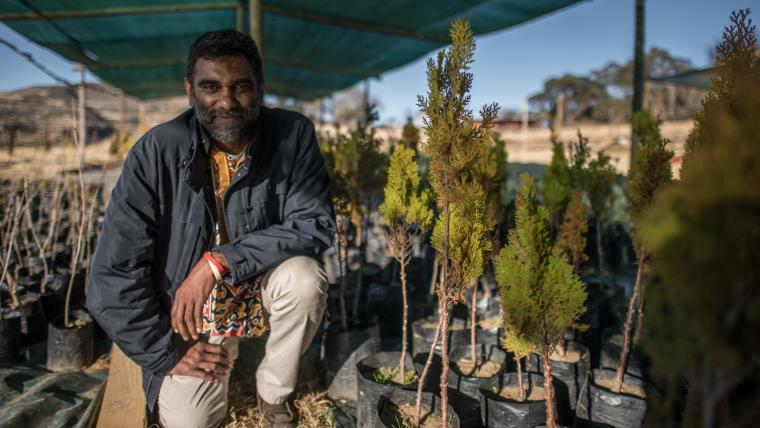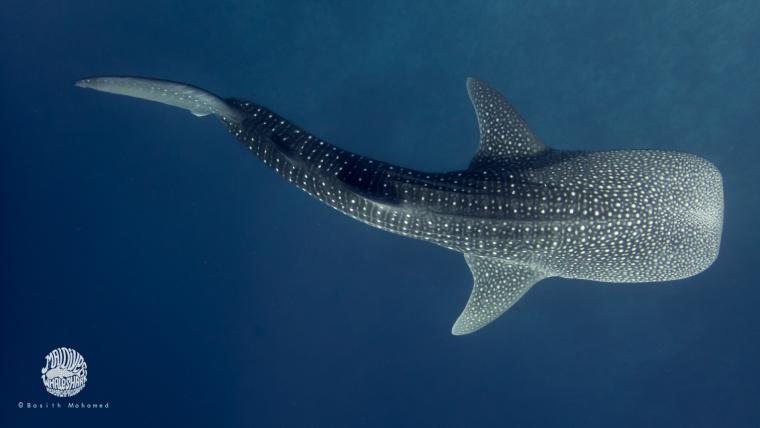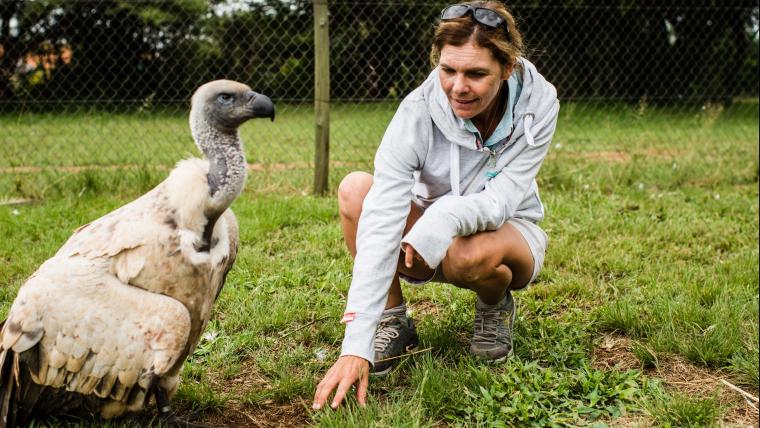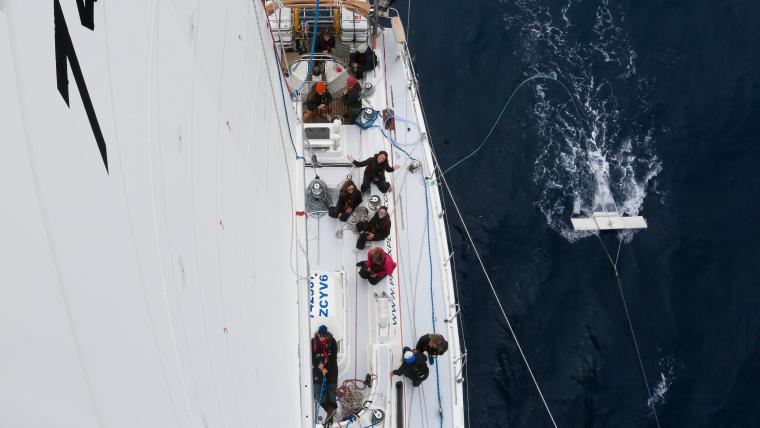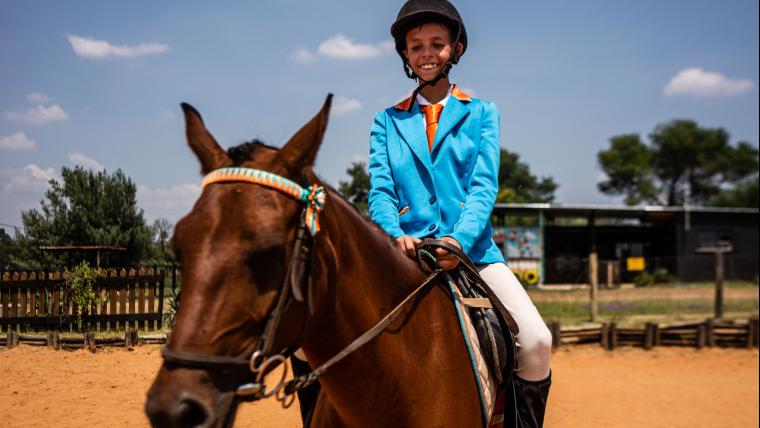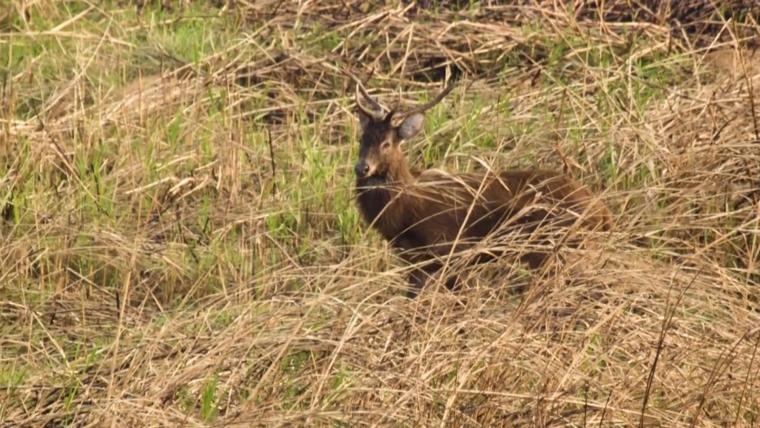
Documenting the revival of the rare sangai on the world’s only floating national park
An endangered species of deer lives in an extraordinary national park in Manipur, India. Filmmaker George Thengummoottil created a documentary showing how these elusive animals made a recovery from the brink of extinction. Now, they roam the only floating conservancy in the world, a habitat under threat from climate change.
“I was compelled to document The Return of Sangai, because nobody was aware of this particular species,” Thengummoottil says. Through his short film, Thengummoottil sought to raise awareness about their revival as a species and their unique habitat. The endemic deer nearly went extinct in 1950, but thanks to conservation efforts over 200 animals have flourished on the floating islands of the Keibul Lamjao National Park.
The park is situated on marshy grasslands where organic waste, decomposed vegetation and soil combine to form solid matter that floats on Loktak Lake. “This is the only place in the world that is actually a floating national park,” Thengummoottil says. The islands are called phumdis, and can support medium-sized mammals and even a small amount of infrastructure. Phumdis are vulnerable to flooding as a result of climate change, but with local support and intervention, the government is working to safeguard not only the deer but their habitat.
Turning his lens onto India’s conservation efforts, Thengummoottil is ensuring rare animals and wild spaces are receiving necessary attention. “Storytelling through filmmaking is one way of showing the world that there are species like this which are not known,” he says. These scarce creatures’ numbers are on the rise, and stories are a crucial element to saving the sangai.
Footage by Dheeraj Aithal and Sumanth Kuduvalli was used in the creation of this film.
